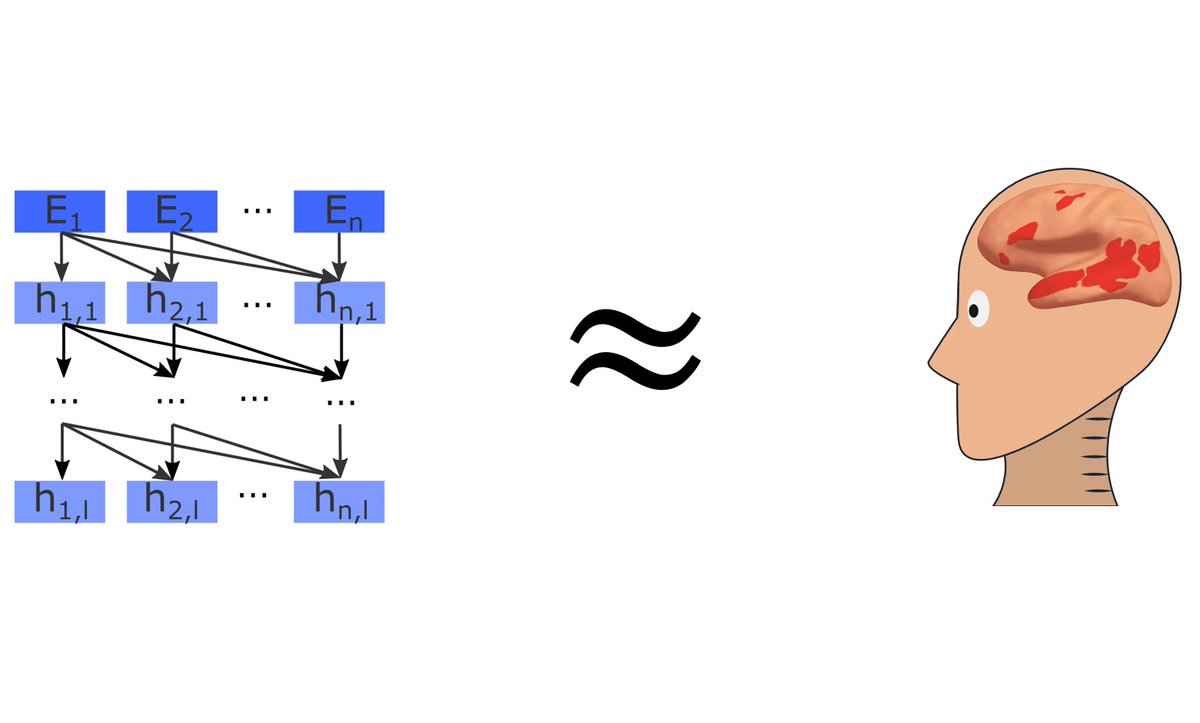
Stanford NeuroAI Lab
@neuroailab
Neuroscience, artificial intelligence, and psychology research at Stanford University (PI: Dan Yamins)
ID: 928731204001480704
http://neuroailab.stanford.edu/ 09-11-2017 21:09:08
159 Tweet
2,2K Followers
120 Following


We hope this work might also be of interest to others working on biologically inspired neural networks @neurograce Tony Zador Blake Richards Kenneth Stanley Jeff Clune Andrea Soltoggio Thomas Miconi Kording Lab 🦖 Stanford NeuroAI Lab hardmaru Jack Lindsey. Code will be published soon.

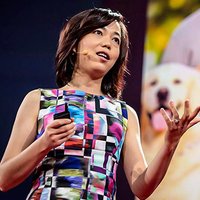
Large-language models like #GPT3 have shown tsunami impact in #AI world. We predict profound impact of these models in countless applications to come. 100+ researchers Stanford HAI have released a paper abt the present &future of these Foundation Models. arxiv.org/pdf/2108.07258…
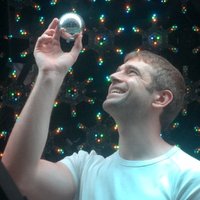

1/ Excited to share that our work on Deep Evolutionary Reinforcement Learning (DERL): a framework for large scale evolution of embodied agents in physically realistic environments is now published in Nature Communications Paper nature.com/articles/s4146… Video youtube.com/watch?v=zltE0w…


Happy to share my Neuromatch #NMC4 flash talk on this work! youtube.com/watch?v=VEE1Ct…




Yesterday I successfully defended my PhD dissertation, "A Goal-Driven Approach to Systems Neuroscience". Especially grateful to Daniel Yamins and Surya Ganguli for advising me throughout this journey! Defense Talk: youtu.be/WED5GPKEv4Q Thesis: anayebi.github.io/files/thesis.p…
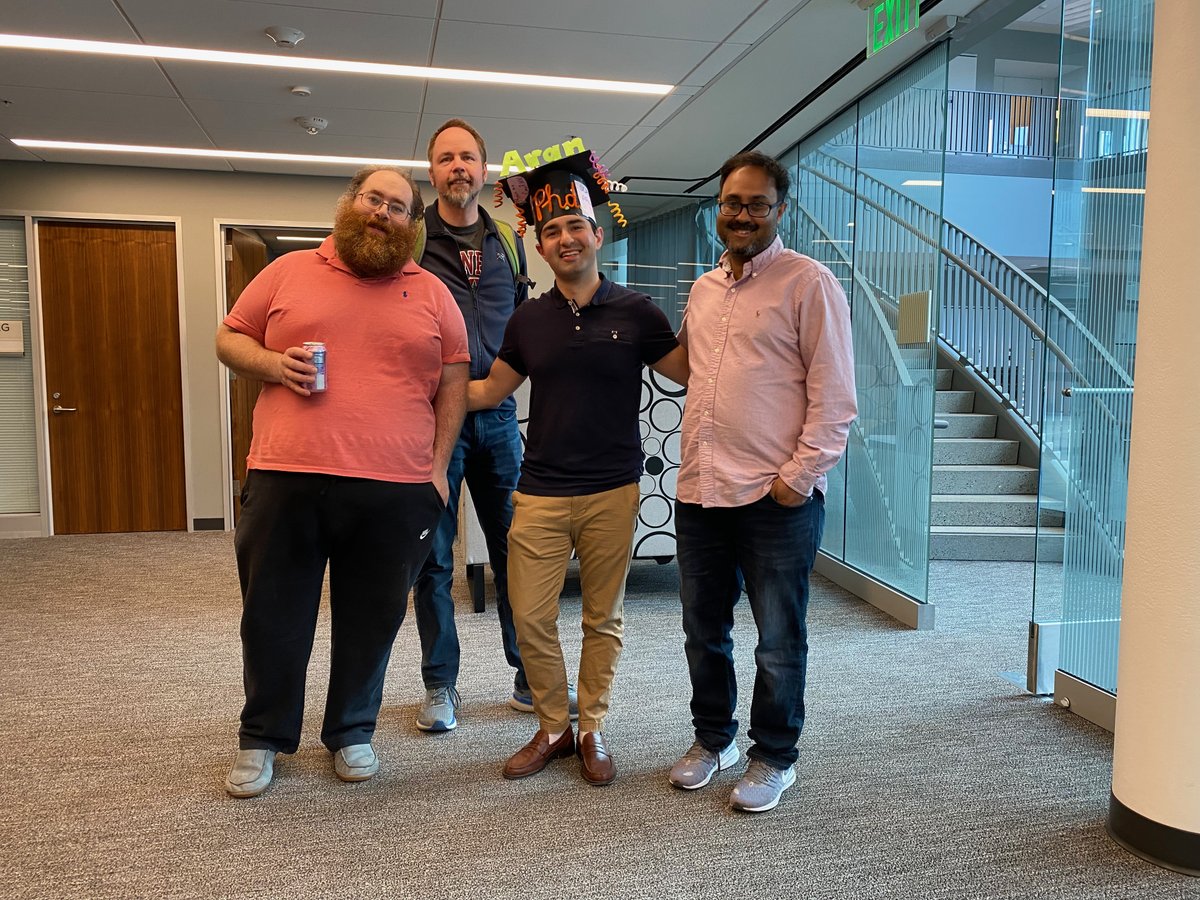






If you're attending #cosyne2023, stop by our Poster III-002 👇 this Saturday at 8:30 pm on "Mouse visual cortex as a limited resource system that self-learns an ecologically-general representation"! w/ Nathan Kong Chengxu Zhuang Justin Gardner Anthony M. Norcia Daniel Yamins
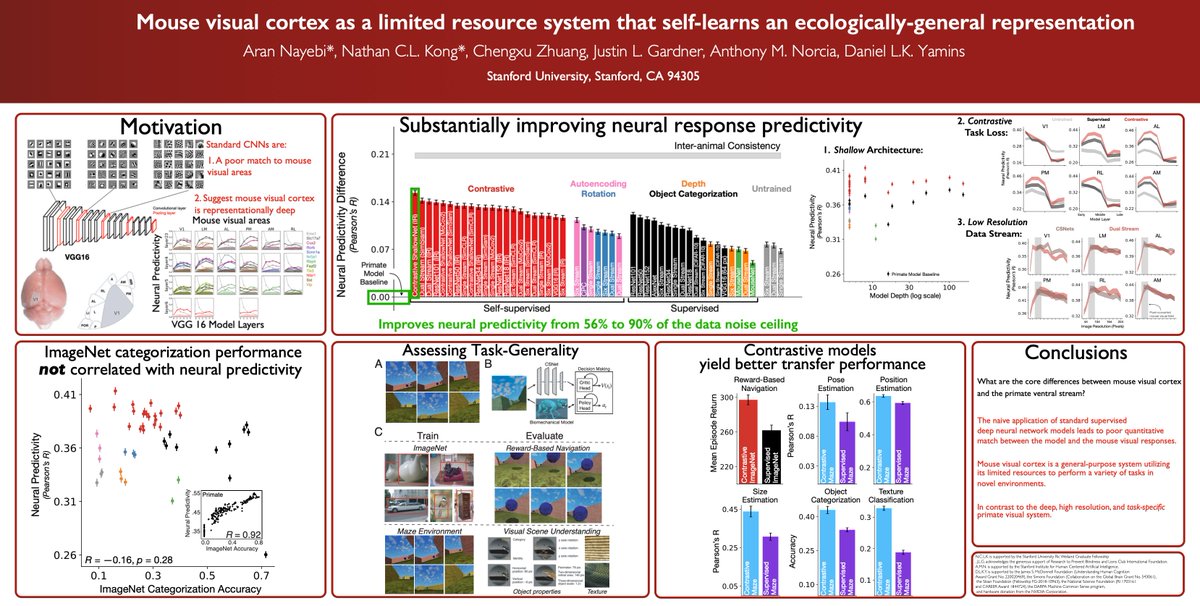

At CosyneMeeting, our poster at 3-022 will discuss how to measure similarity between DNN model activations and biological neural responses. Please stop by if you're interested! w/ Javier Sagastuy* (* equal co-authors) Aran Nayebi Rosa Cao Daniel Yamins #cosyne2023
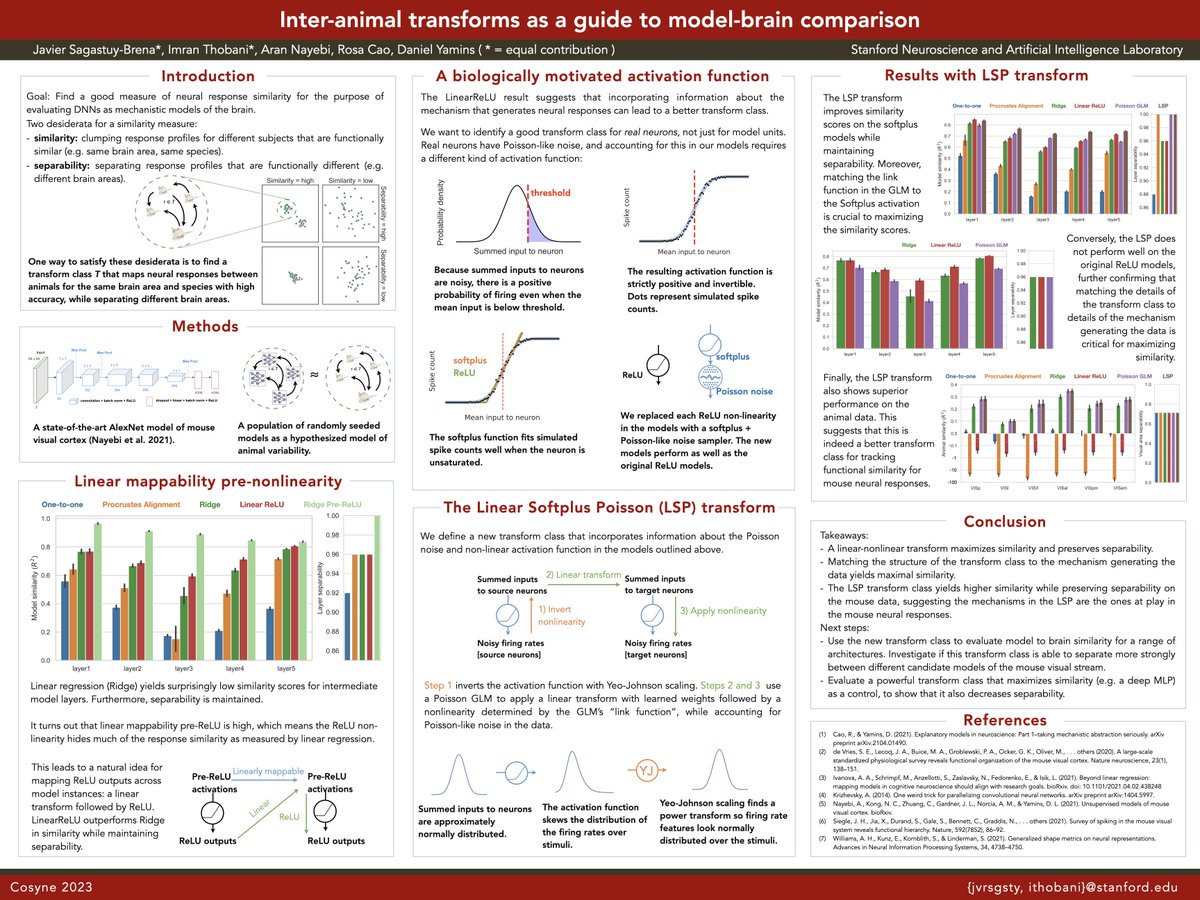

Excited to share our work on Mouse Visual Cortex is now published in @ploscompbiol: journals.plos.org/ploscompbiol/a… #ploscompbiolauthor We also release our SOTA pretrained models & our Pytorch library of SSL methods so others can build their own models easily: github.com/neuroailab/mou…
